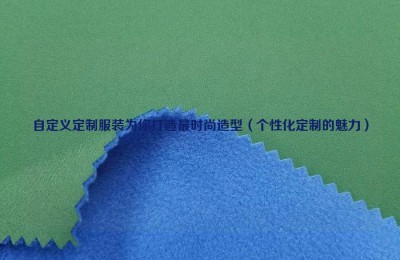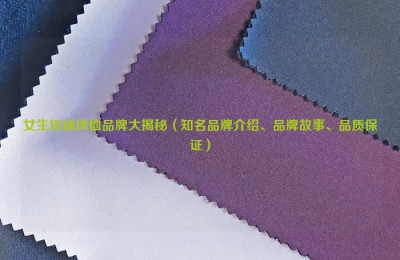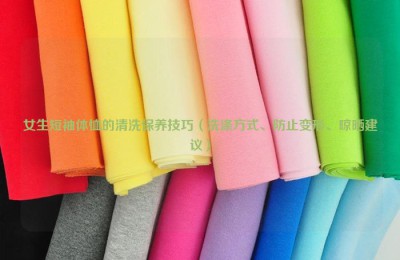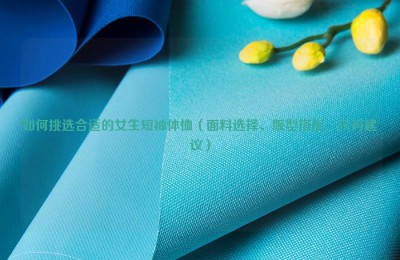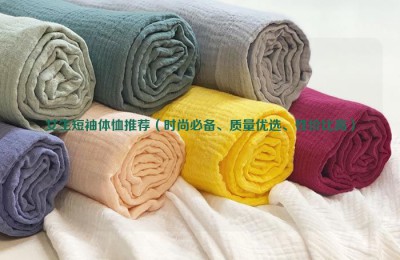1. Purpose and object
The purpose and object of fabric are different, and its style will be completely different. The uses can be divided into three categories: clothing, daily decoration, and industrial use; the users can generally be divided into men, women, old and young, urban and rural areas, ethnic regions, cultural levels, geographical environment, domestic sales and exports, etc.
2. Fabric style and performance
In terms of style, there are cotton type, wool type, silk type, linen type, etc. In terms of performance, there are breaking strength, breaking elongation, wear resistance, Drapability, pilling, wrinkle elasticity, breathability, warmth retention, etc.
3. Fiber raw materials
Each fiber raw material has unique properties. Using a new raw material, a new variety can be formed. Therefore, fiber raw material design is an important part of fabric design.
4. Yarn
Different yarn structures and configurations of yarns with different structures will produce products with rich and diverse appearances. The types of yarn are:
1. Yarn, such as pure spinning yarn, blended yarn, mixed color yarn, medium twist yarn, strong twist yarn, weak twist yarn, S twisted yarn and Z twisted yarn, etc.
2. Lines such as double-stranded lines, triple-stranded lines, multi-stranded lines and multiple-stranded lines. The twisting directions include opposite twisting, co-twisting and ply twisting of two single yarns with different twisting directions. The single yarns in the plied yarn can be combined with the same linear density or with different linear densities.
3. Decorative threads such as two-color strands, knotted threads, terry threads, broken threads, slub yarns, colorful dot yarns, tie-dyed yarns, printed threads, etc.
4. Yarns of different processing methods, such as ring spinning, rotor spinning, electrostatic spinning, friction spinning, self-twisting spinning, wrap spinning, air-jet spinning, etc.
5. Combination of warp and weft yarns
Different combinations of warp and weft yarns will produce different fabric appearance and feel. Yarn combinations include blending, merging, and interweaving.
6. Fabric Weave
Weave is an important factor affecting fabric varieties. Changes in some dobby fabric varieties are mainly caused by changes in ground tissue. Changes in the texture of jacquard products will lead to changes in varieties. Changes in the ground structure of jacquard products will cause changes in varieties, and changes in pattern tissue will also cause changes in varieties.
7. Changes and coordination of yarn linear density and density
When the variation range of warp and weft yarn density exceeds a certain value, it will cause major changes in the appearance and feel of the fabric, forming different products, such as Coarse plain cloth, medium plain cloth and fine plain cloth.
When the changes in warp and weft density exceed a certain range, it will also cause major changes in the appearance and feel of the fabric, forming different products, such as gabardine, serge and khaki fabrics.
By changing the density of warp and weft yarns, fabrics with different thicknesses, weights, and densities can be formed, as well as fabrics that are flat or have longitudinal and transverse ridges.
8. Weaving processing technology
Weaving processing is the main processing step to form fabrics. Different products require different weaving equipment and different process parameters.
9. Fabric post-processing
Fabric post-processing technology can be divided into mechanical post-processing and chemical dyeing and finishing post-processing. The appearance of fabrics after different post-processing will have fundamental changes. The mechanical processing of fabrics includes: cutting process, brushing finishing, shrinking process, shearing process, shearing process, hot pressing process, singeing process, sanding process, etc. The chemical dyeing and finishing post-processing of fabrics includes: scouring, Dyeing, mercerizing, printing, spray printing, burnout, coating finishing, resin finishing, anti-shrinkage, anti-wrinkle, anti-static, waterproof, anti-fouling, flame-proof, chemical-proof finishing, etc.
AAASDFERGTRHR
Fabric Design Content Composite Fabric Information
1. Purpose and object The purpose and object of fabric are different, and its style will be completely different. The uses can be divided into three categories: clothing, daily decoration, and industrial use; t…
This article is from the Internet, does not represent Composite Fabric,bonded Fabric,Lamination Fabric position, reproduced please specify the source.https://www.yjtextile.com/archives/9216


